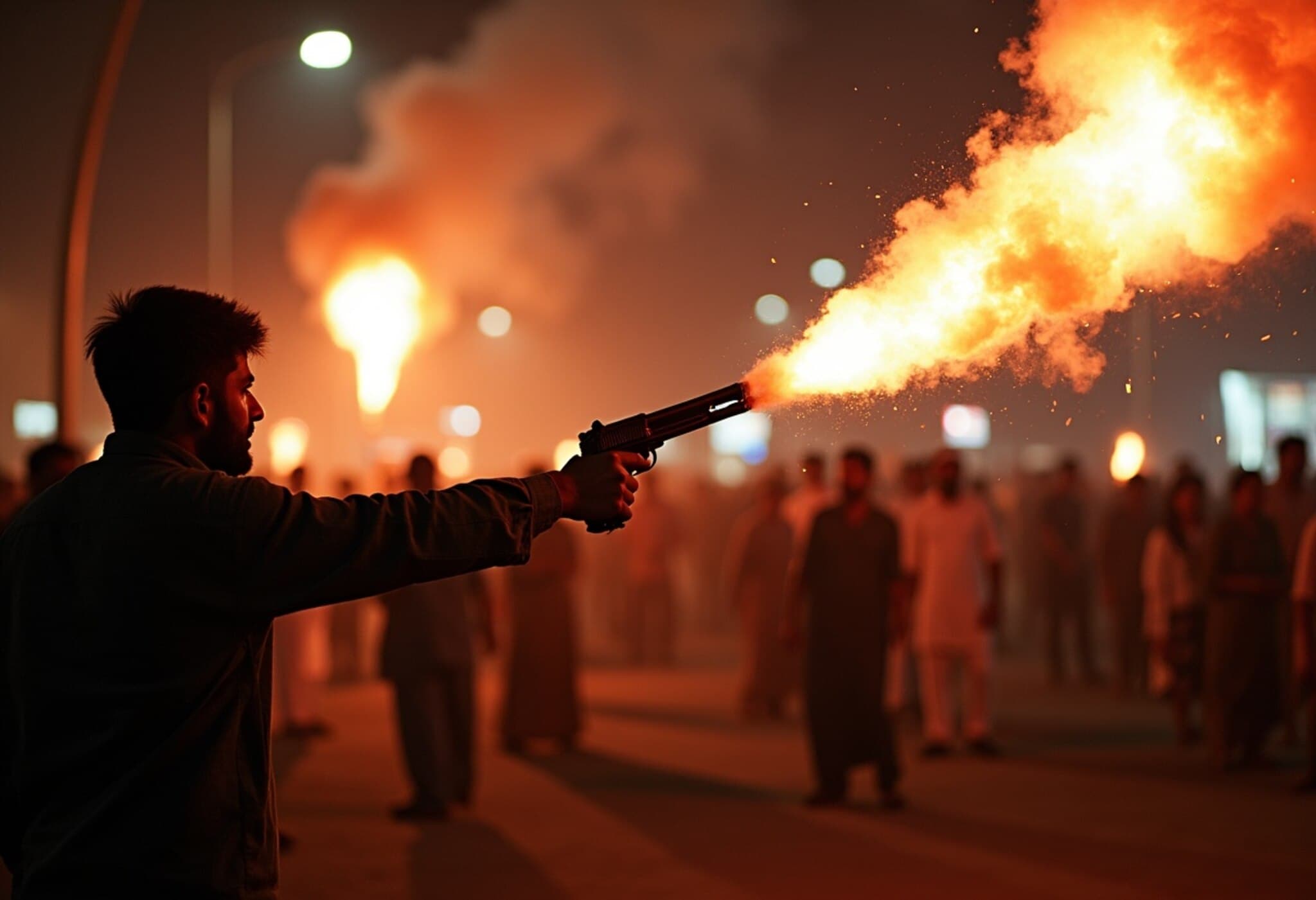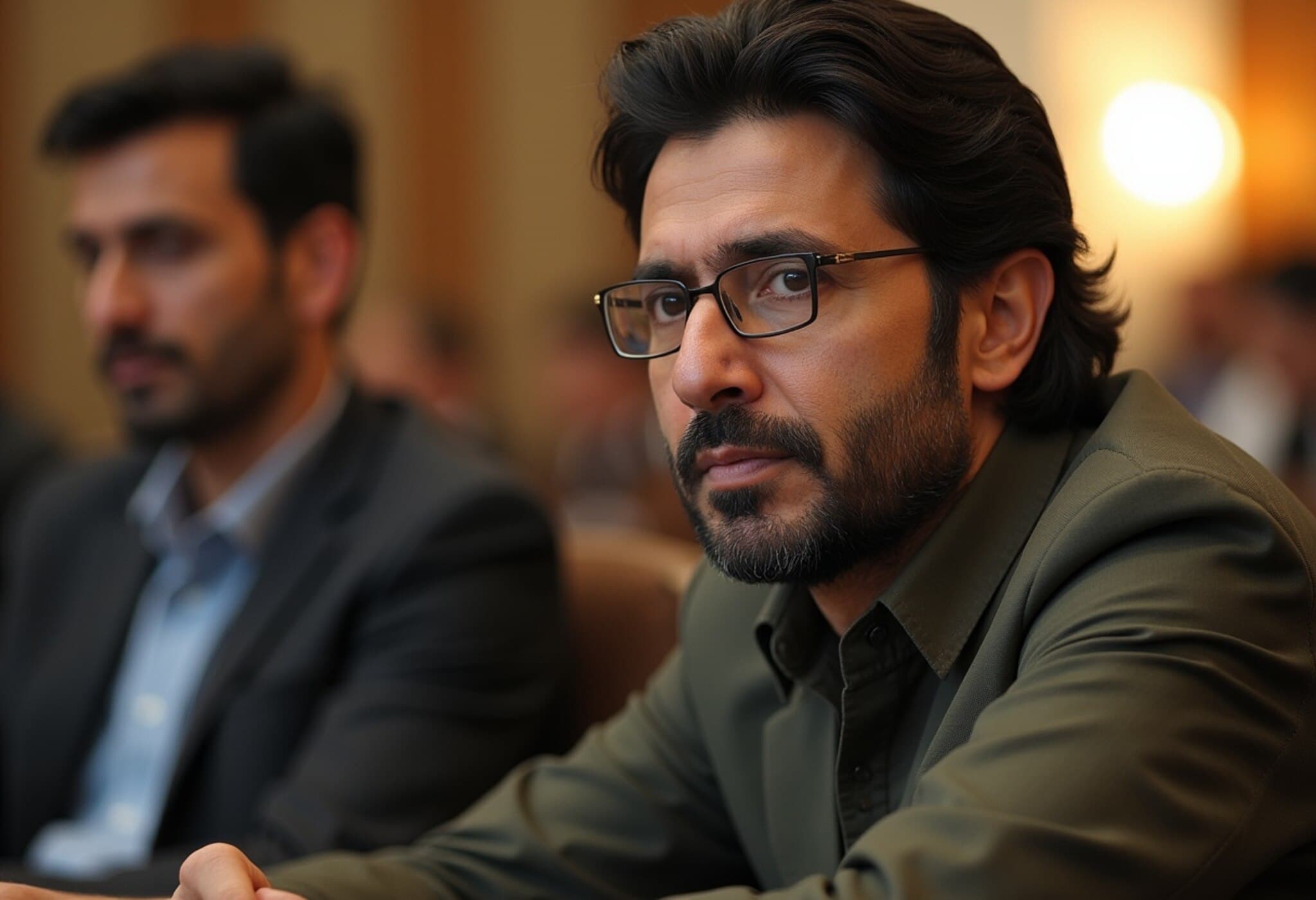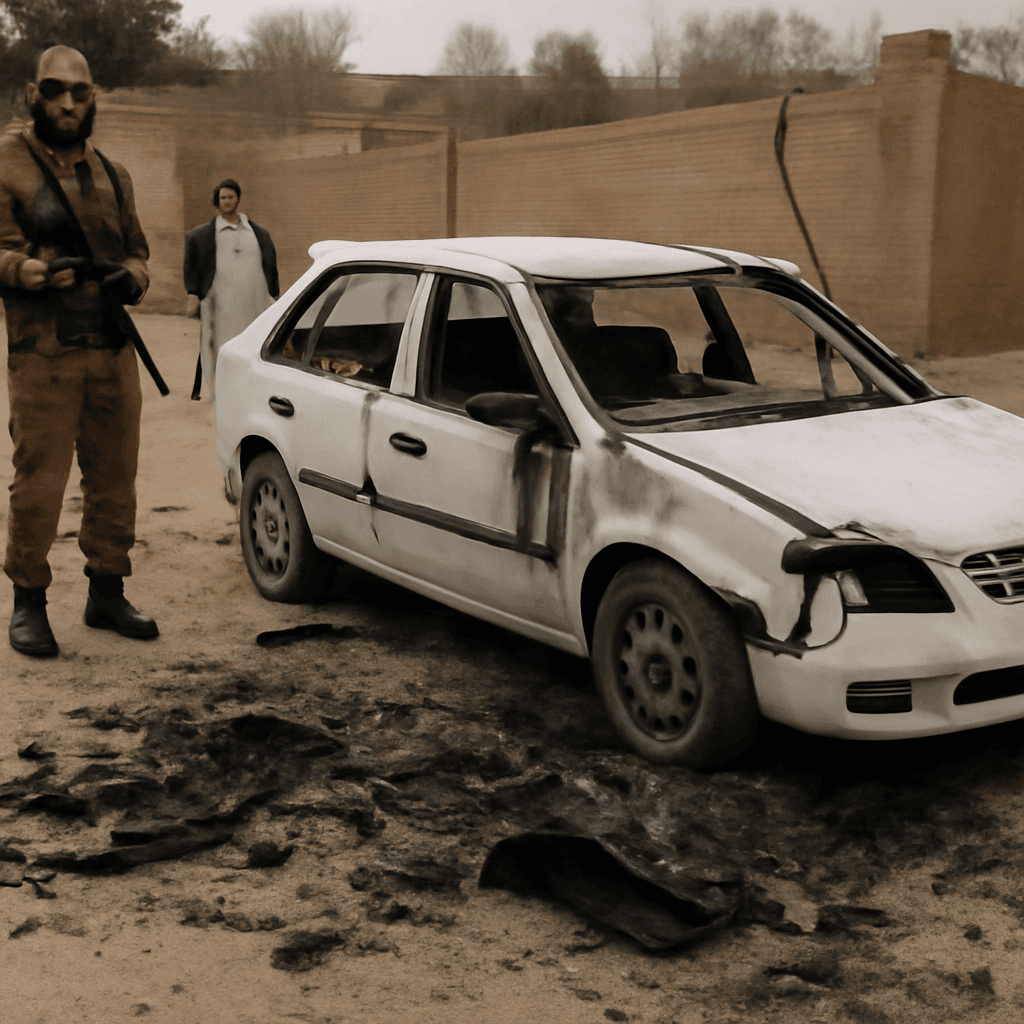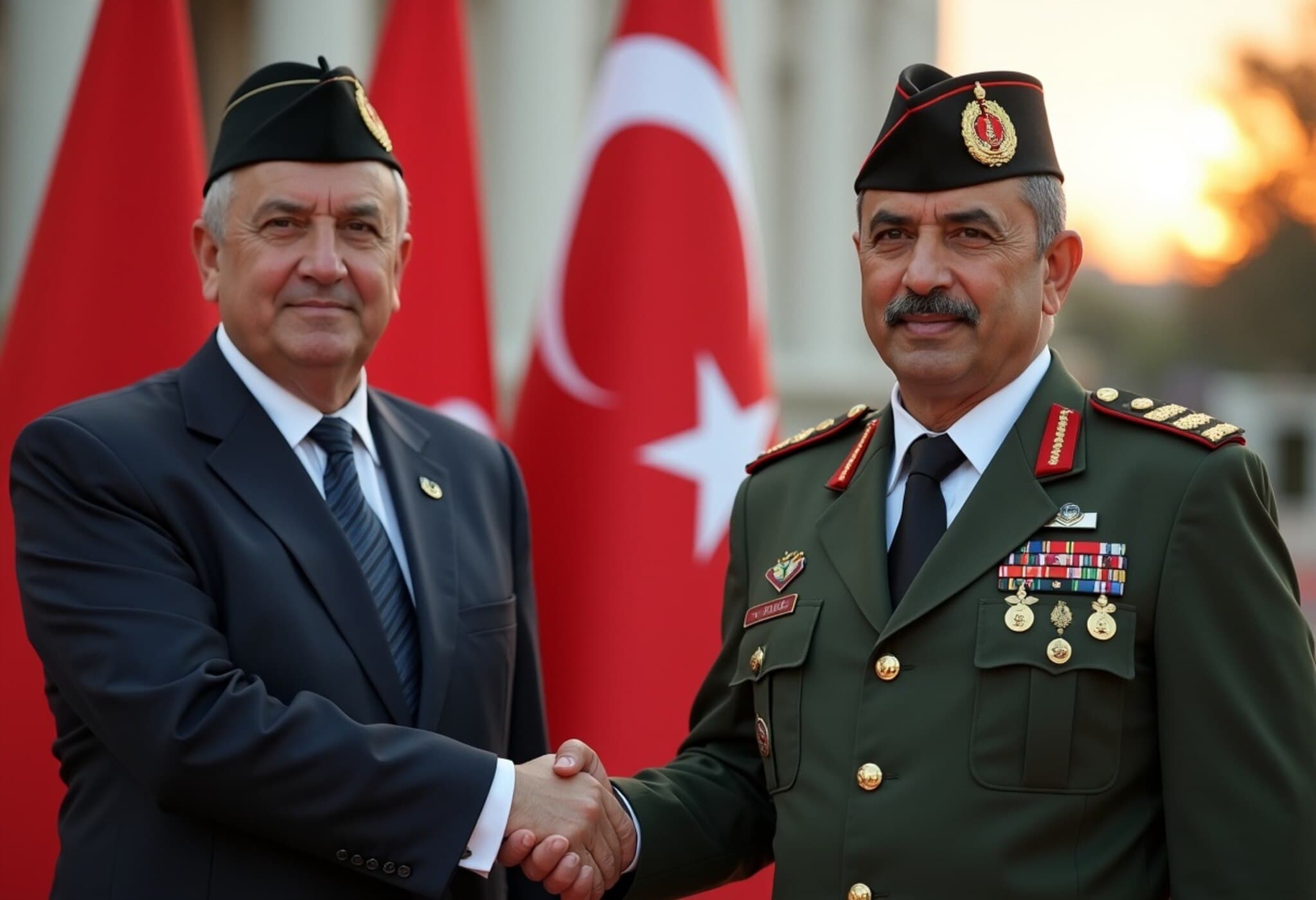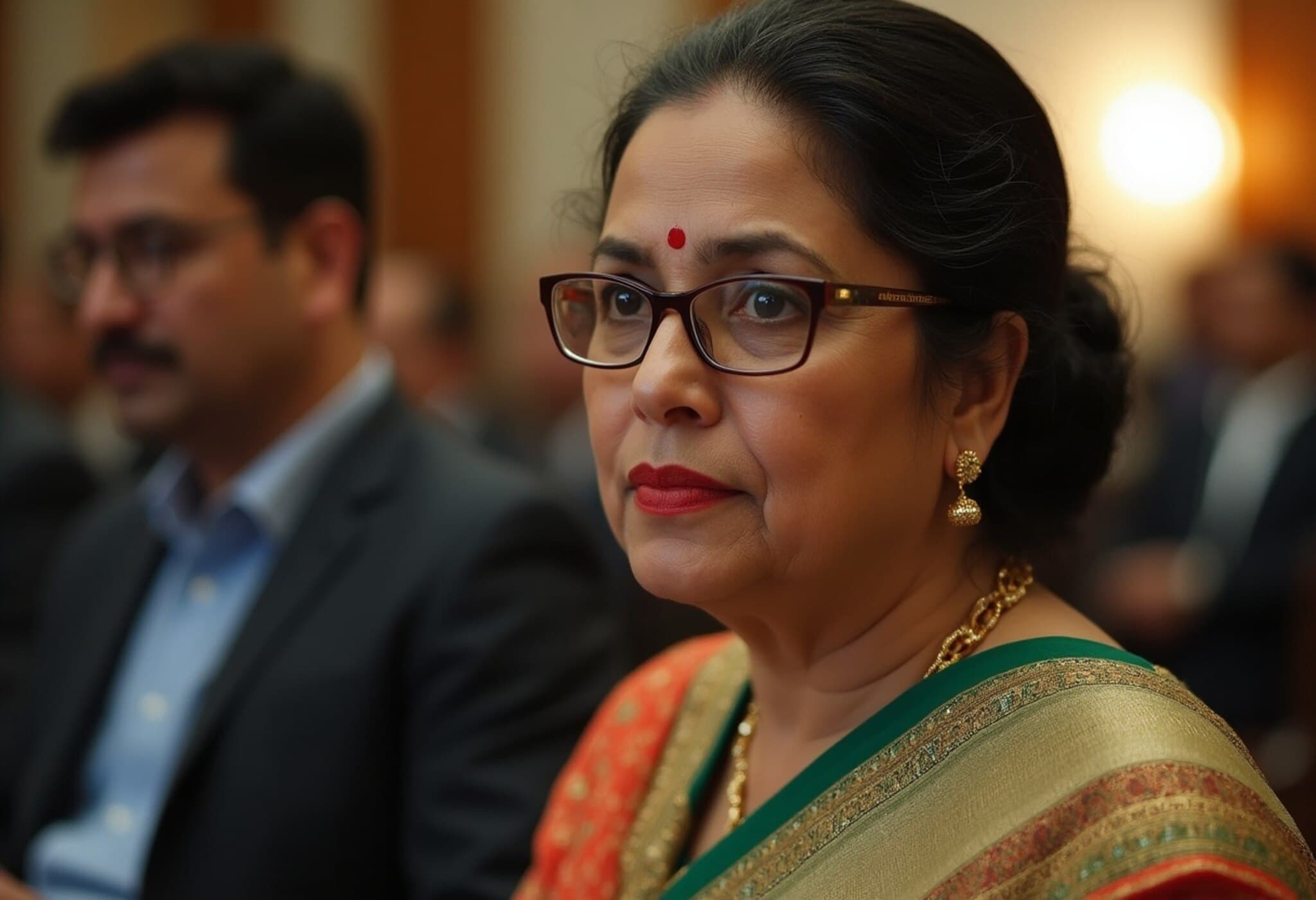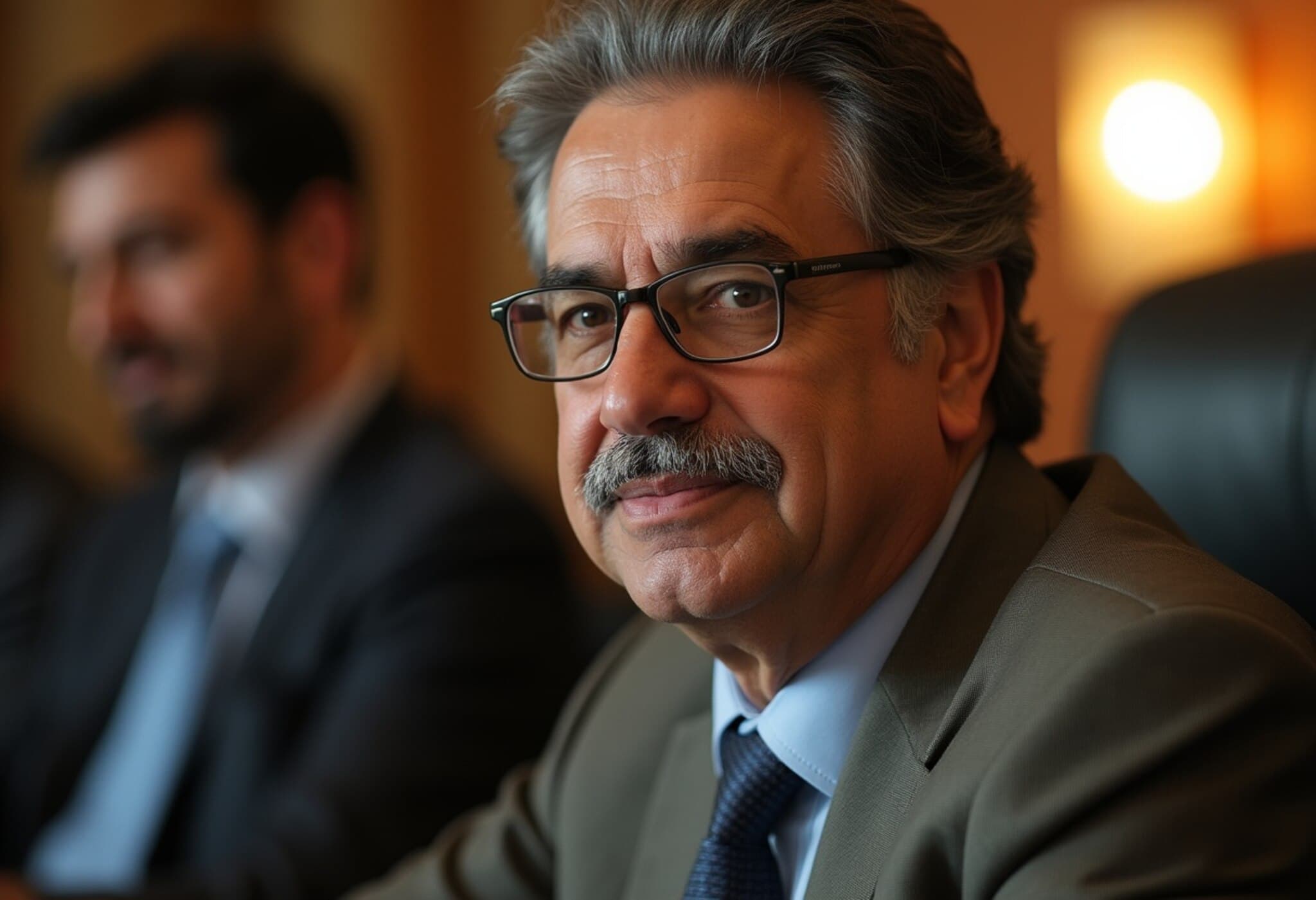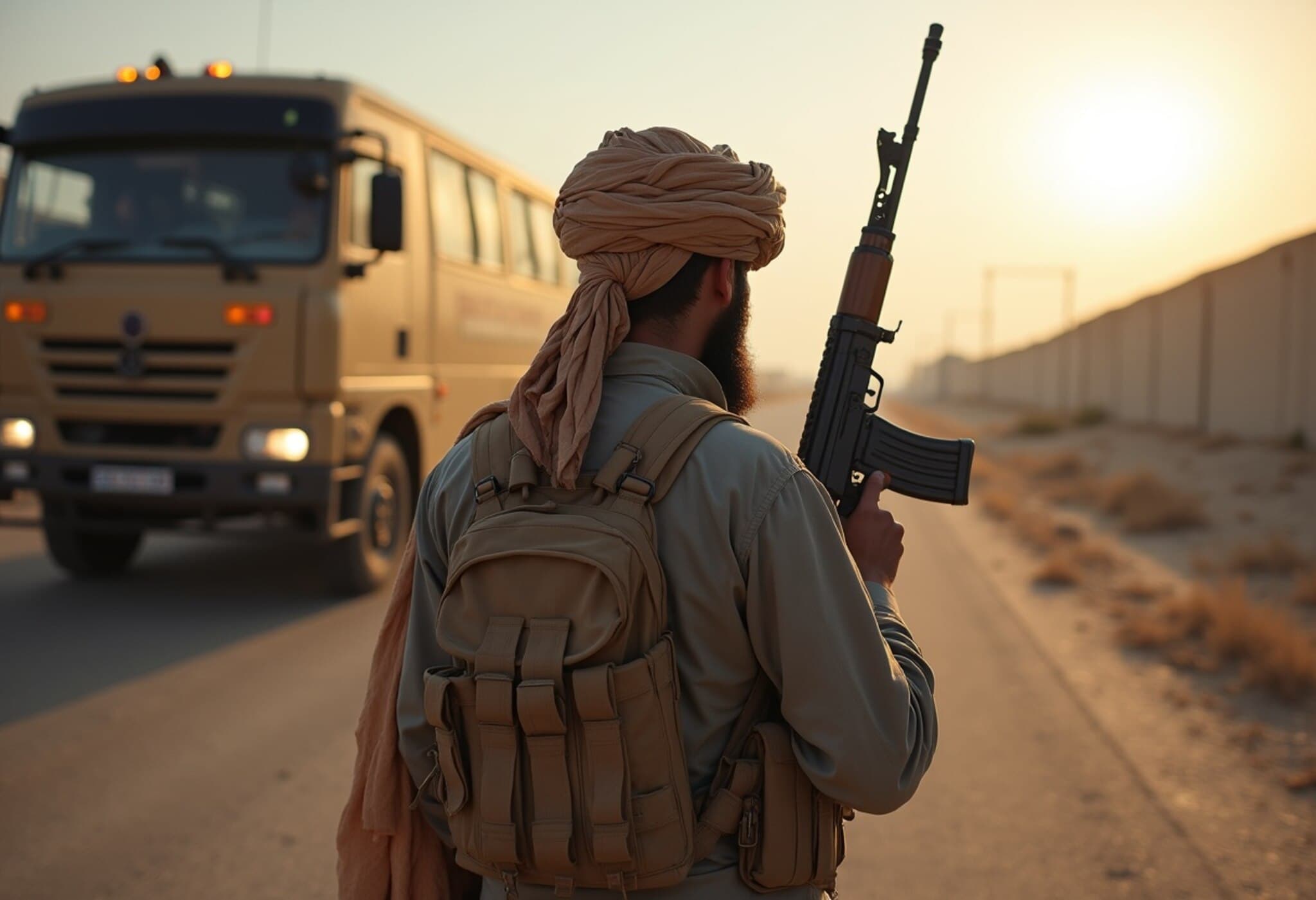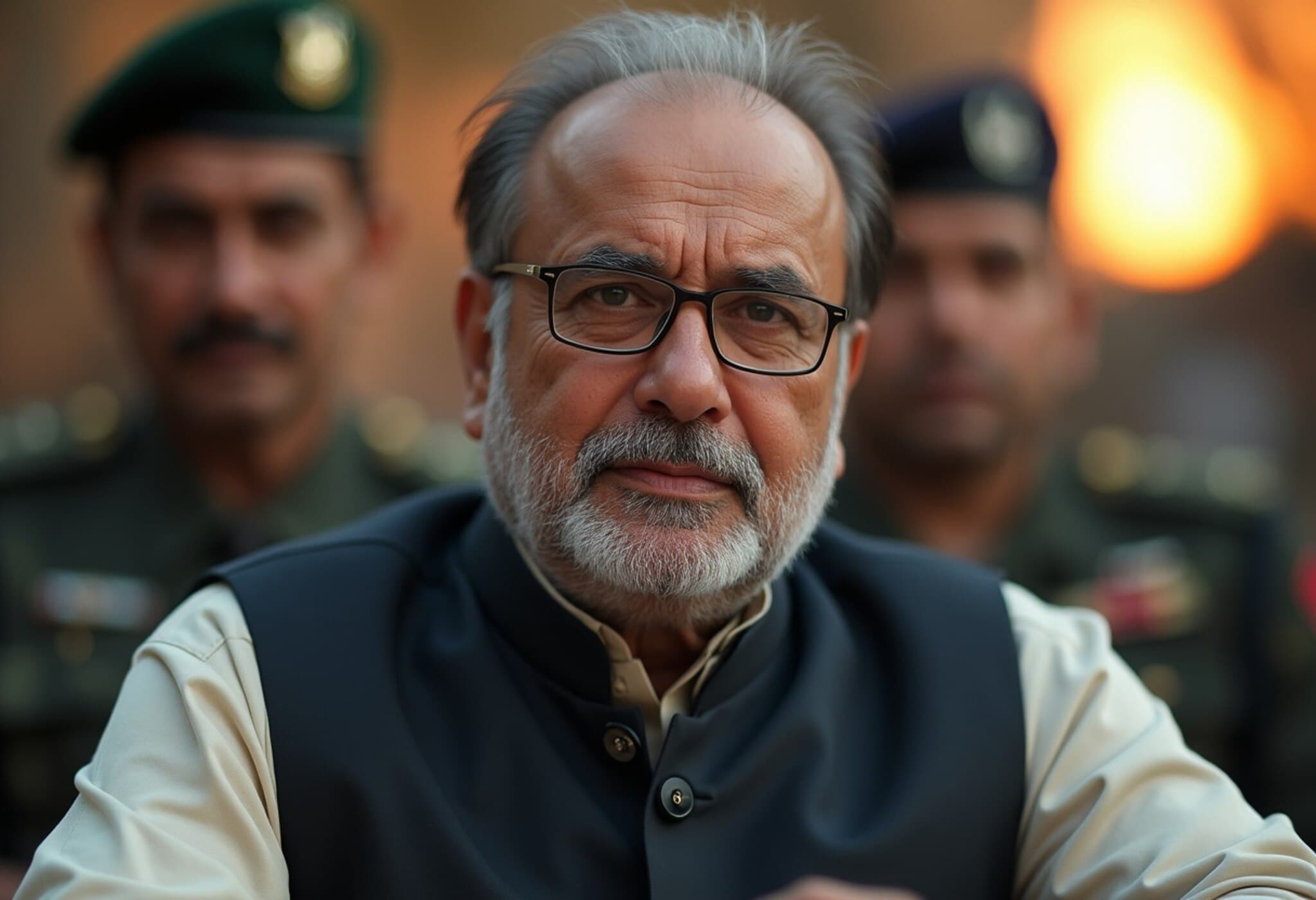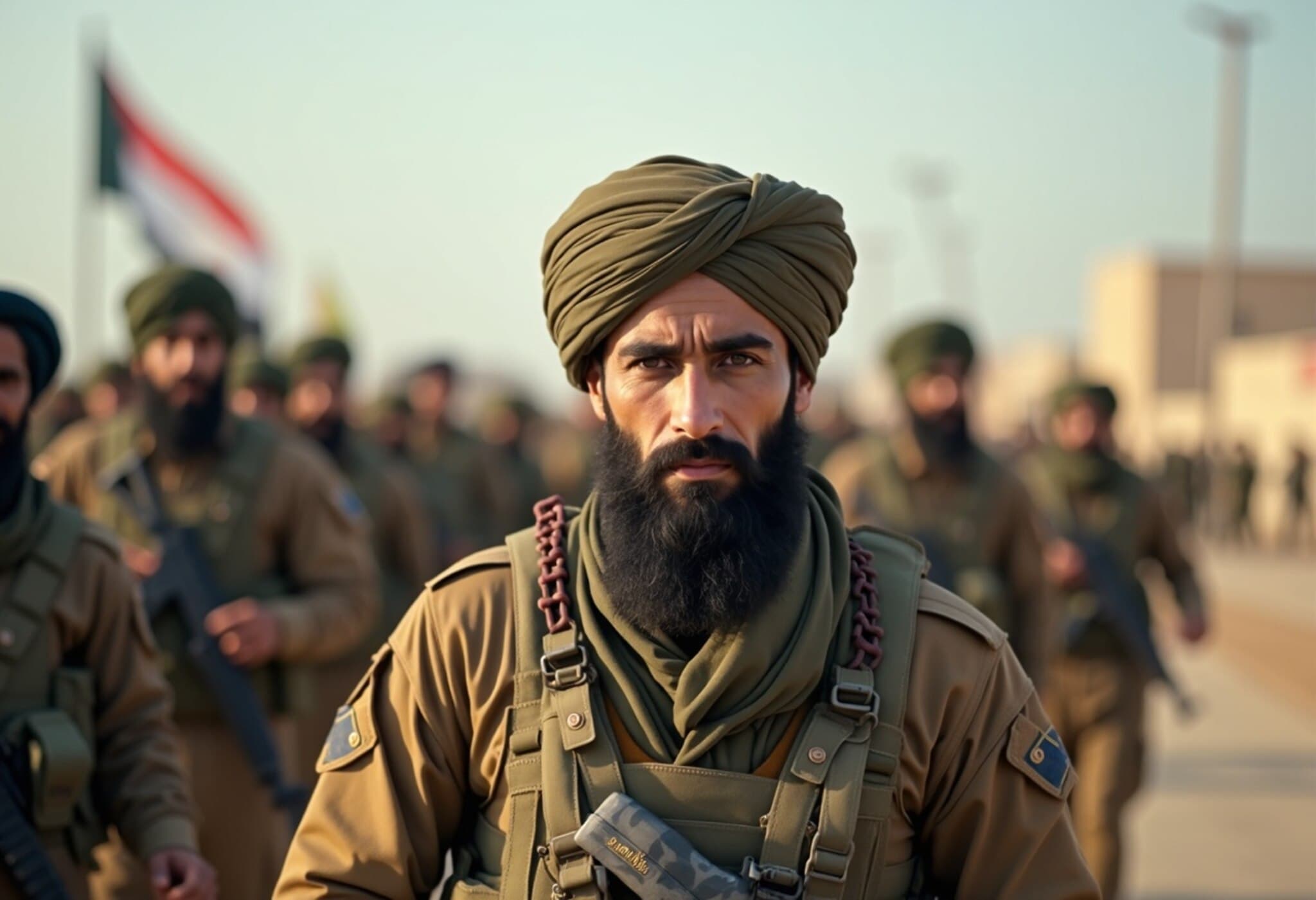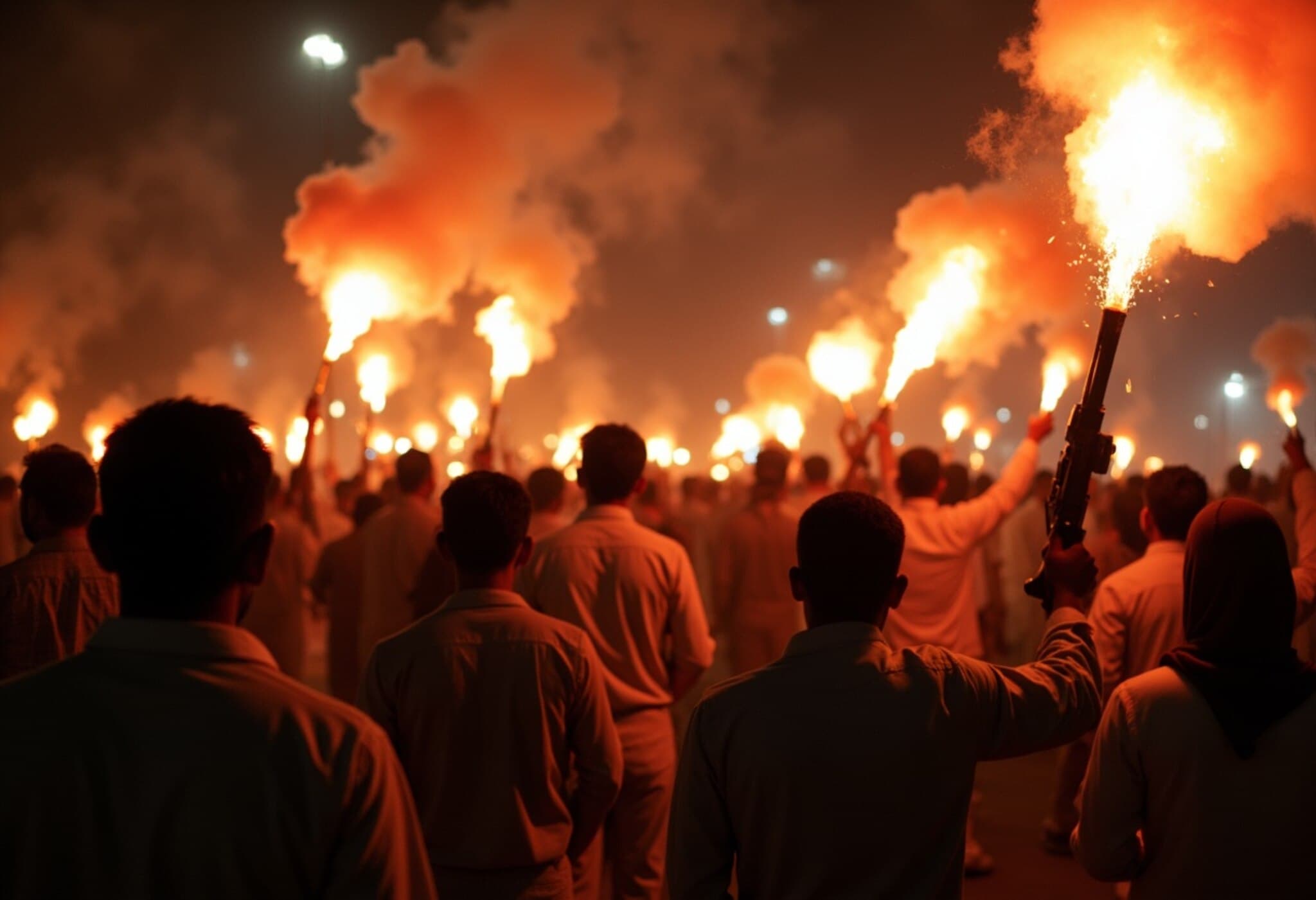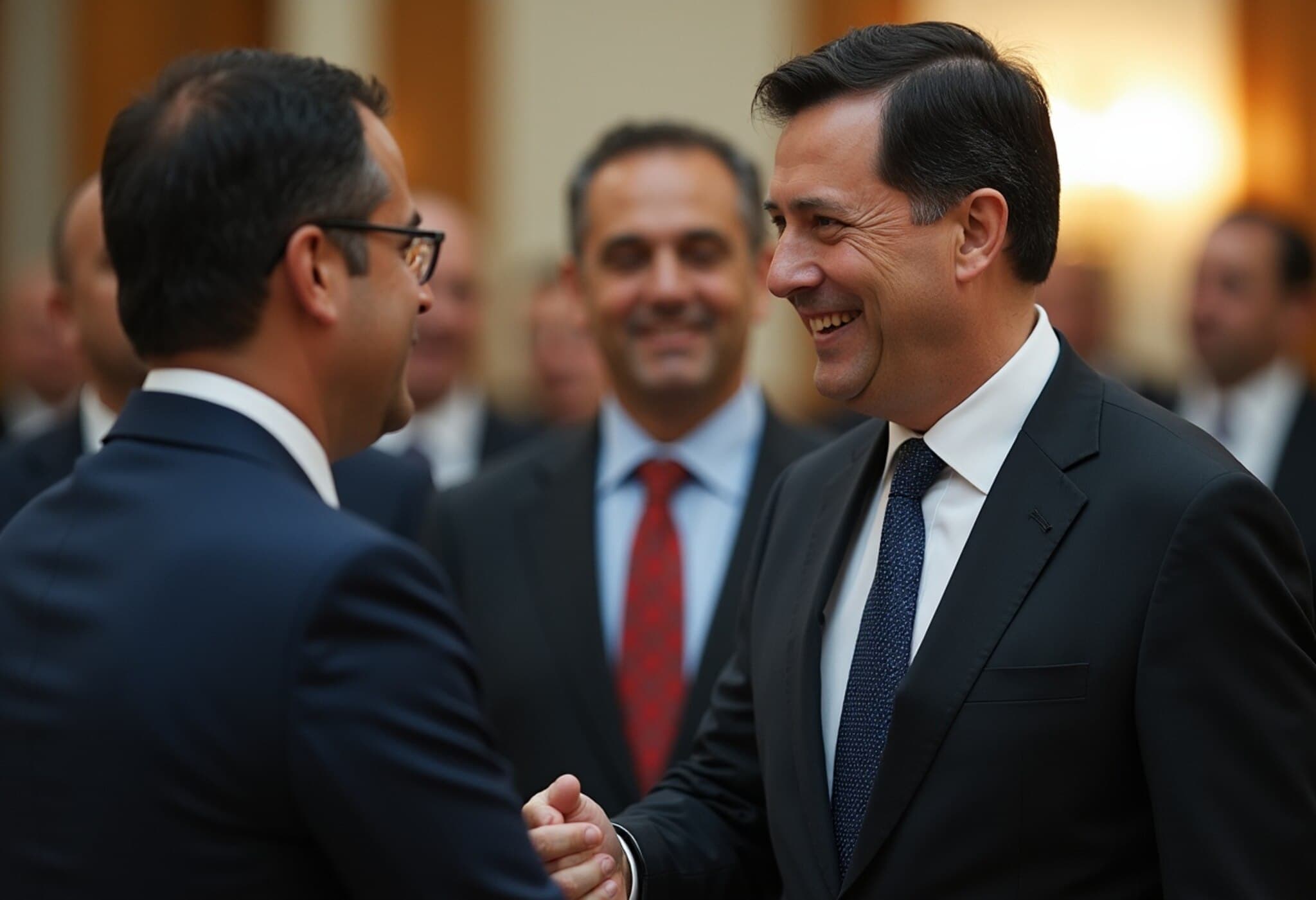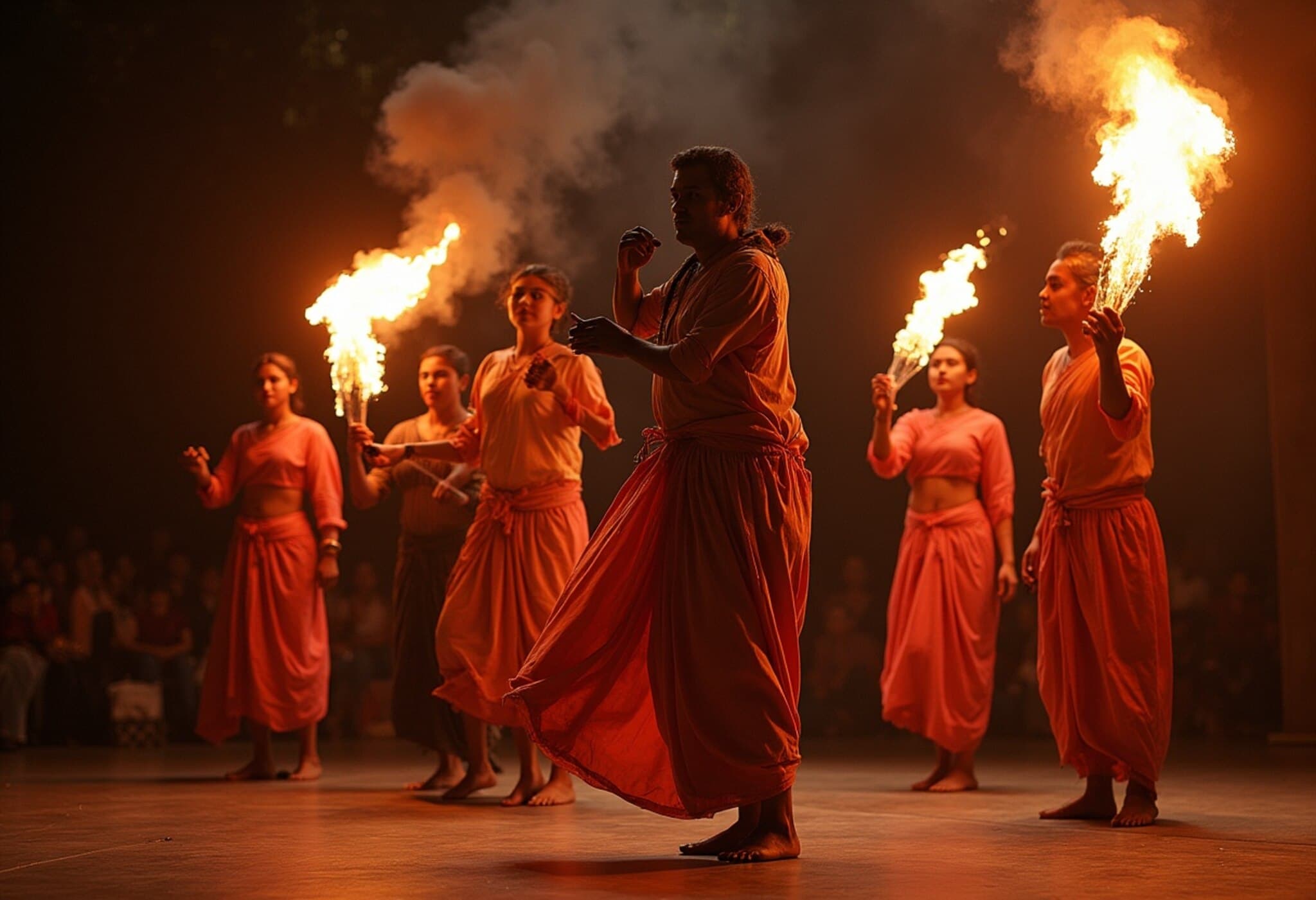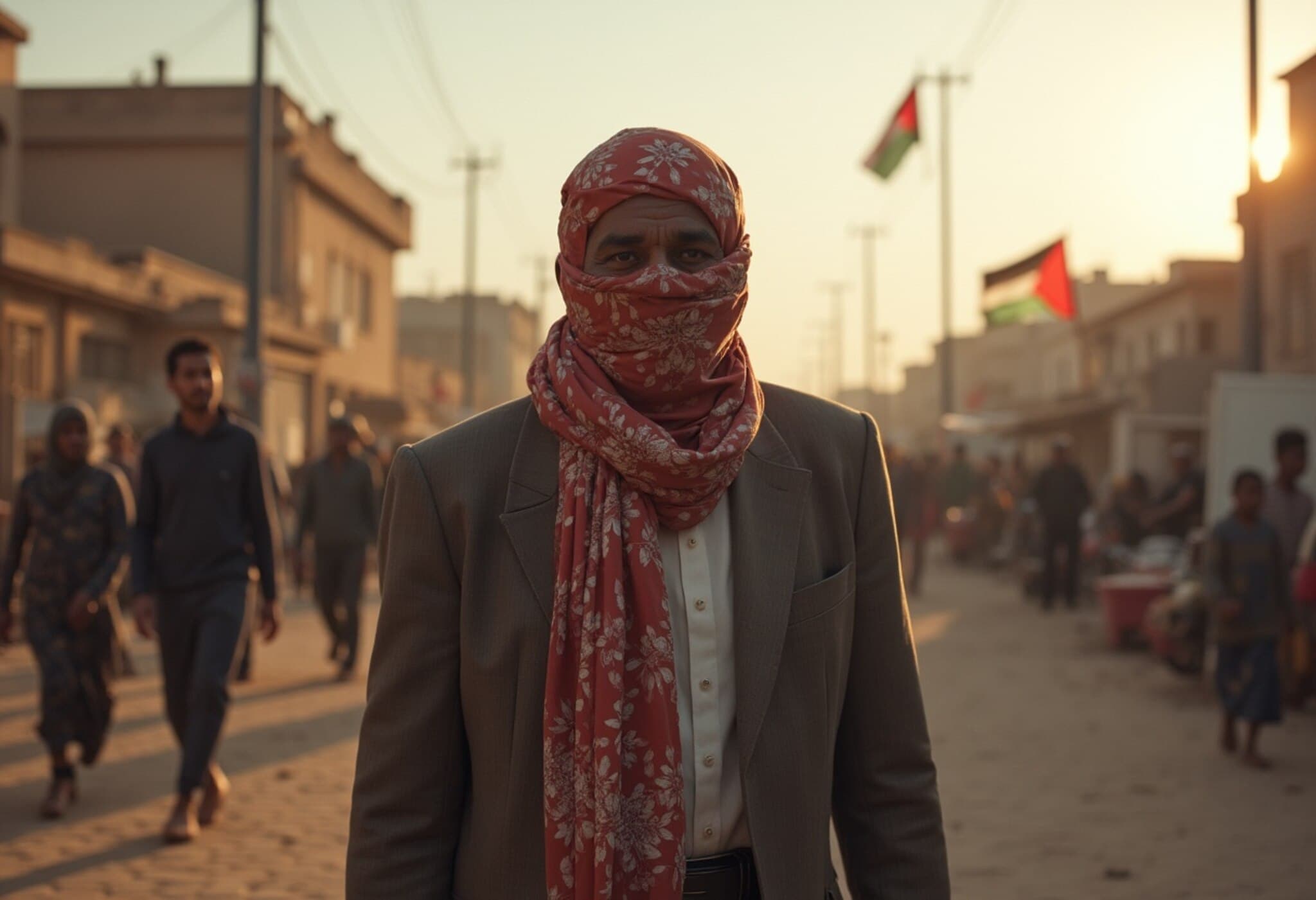Deadly Aerial Firing Casts Shadow Over Karachi's Independence Day Celebrations
What should have been a day of joyous celebration marking Pakistan’s Independence Day on August 14, 2025, turned tragic in Karachi as rampant aerial firing resulted in the deaths of three individuals, including a senior citizen and a young 8-year-old girl. More than 60 people sustained injuries from stray bullets across the city, underscoring a grave public safety issue that continues to plague Karachi.
Fatalities and Injuries Across Karachi
The disturbingly routine custom of celebratory gunfire spiraled out of control this year. In Azizabad, the young girl was fatally struck by a stray bullet, while in Korangi, a man named Stephen lost his life due to similar reckless gunfire. Rescue teams confirmed that dozens more were rushed to hospitals with gunshot wounds from various incidents citywide. The incidents have reignited urgent conversations about the longstanding dangers of aerial firing during festivities.
Context: A Pattern of Violence
Karachi has long battled public safety challenges, and aerial firing remains one of the most persistent and deadly. Earlier in 2025, the city witnessed at least 42 shooting-related deaths in January alone, including five women, with over 230 injuries reported. Causes ranged from personal conflicts and robbery resistances to stray bullets stemming from celebratory gunfire—a pattern that tragically repeated this Independence Day.
Expert Perspective: Public Safety and Policy Implications
Legal and Social Challenges: Although aerial firing is illegal under Pakistani law, enforcement remains weak, partly due to societal acceptance and cultural practices that glorify gunfire as a symbol of celebration. Experts argue that punitive measures alone are insufficient.
Need for Community-led Change: Engaging community leaders, cultural influencers, and local law enforcement in awareness campaigns could gradually erode this hazardous tradition. Public education emphasizing the real human costs—especially on vulnerable groups like children and the elderly—is critical.
Comparative Insights: In countries like India and the United States, similar issues with celebratory gunfire during festivals have been tackled through a combination of strict firearm regulations, public awareness drives, and technological interventions such as aerial surveillance. Karachi could benefit from adopting a multi-pronged approach that addresses both enforcement and societal attitudes.
Underreported Angle: The Human Cost Behind the Numbers
Beyond statistics lie harrowing personal stories like that of Stephen, whose death symbolizes the unintended victims of these reckless acts, and the heartbreaking loss of an innocent child in Azizabad. These narratives often go unnoticed amid broader political and media discourse, yet they powerfully reflect the urgent need for change.
Looking Ahead: Can Karachi Break the Cycle?
The tragic events of this Independence Day present Karachi with both a grim reminder and a call to action. Preventing future deaths requires concerted efforts spanning legal reforms, community engagement, and sustained public awareness. Authorities and civil society must collaborate to ensure celebrations are a source of joy—not grief.
Editor's Note
As Karachi mourns these avoidable losses, readers are invited to reflect on the deeper cultural and policy dimensions that perpetuate this perilous tradition of aerial firing. How can societies balance celebration with safety? What role should government and communities play in curbing this menace? This incident is a stark lesson on the cost of disregard for public safety, and a challenge to all stakeholders to forge a path toward safer, more responsible festivities.

